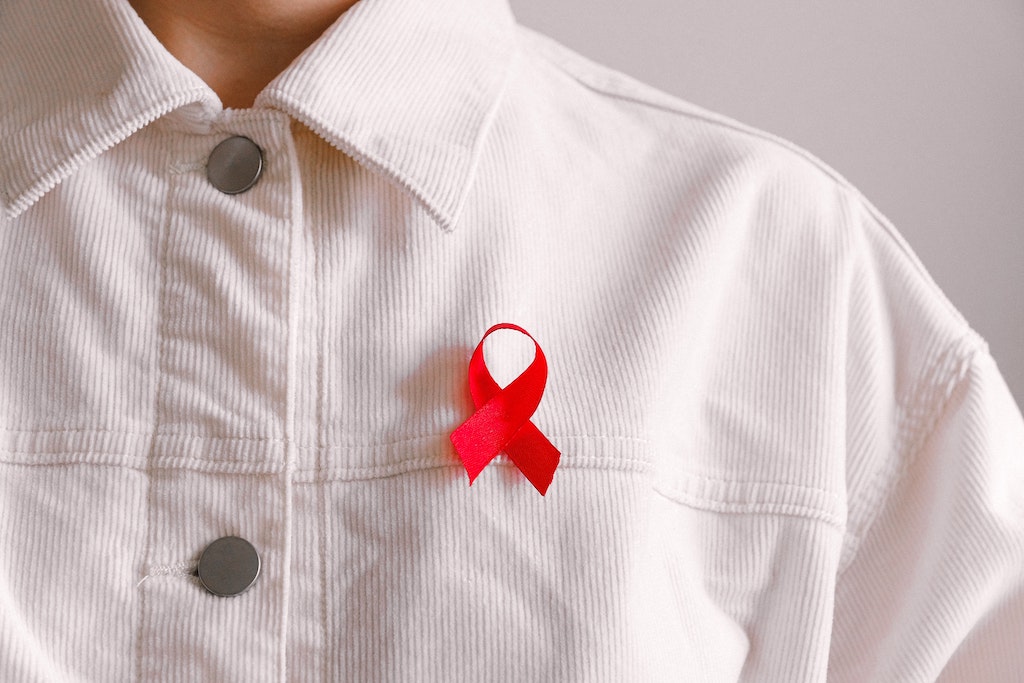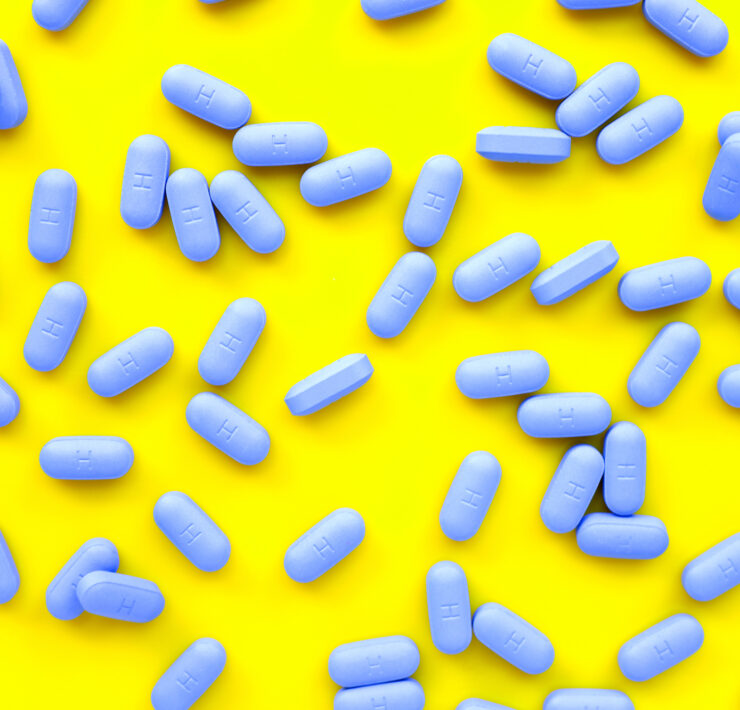New HIV Research Shows Promising Decline in Death Rates

OUTFRONT Magazine Intern. Studying Journalism and Political Science at the…
People living with HIV, an illness once thought to be death sentence, no longer have to live in fear of their status. A recent study conducted by the University of North Carolina at Chapel Hill found HIV+ persons undergoing treatment have nearly identical early death rates as everyone else.
Researchers analyzed a group of 83,000 individuals who tested positive for HIV and received treatment between 1999 and 2017, comparing their death rates to a demographically similar group of people who are negative. Their findings affirm that HIV treatments are extremely effective and are improving every year. People who began treatment from 1999 to 2004 saw an 11 percent difference in early death rates for those with HIV and those without. But for those who started treatment from 2011 to 2017, that number plummeted to a mere 2.7 percent. Eighteen- and 34-year-olds with HIV were only 1 percent more likely to die within five years of starting treatment.
“This is a time and point that’s really important for intervention for people living with HIV,” urges Jessie Edwards, the study’s lead author. “Someone diagnosed with HIV in this day and age can be linked to care and receive highly effective treatment and feel confident that their survival outlook is actually very good.”
Although the advancements in disease research for younger individuals is very promising, there are still causes for concern with older HIV+ populations. Dr. Marshall Glesby, associate chief of infectious diseases at New York City’s Weill Cornell Medical College, noted that 50 percent of Americans diagnosed with HIV are over the age of 50, making the illness harder to treat. There’s also a considerable population without the means or access to life saving treatments.
However, the Biden administration requested Congress spend an additional $670 million on HIV treatments and resources in the U.S., including access to PrEP. One-hundred million of the budget for the fight will go toward the CDC’s research, and another $85 million will benefit the Ryan White CARE Act, which helps low-income and uninsured people receive HIV medications. Twenty-two million will also be allotted to the Indian Health Services at the Department of Health and Human Services to aid Native American populations that are often hit the hardest by illnesses.
What's Your Reaction?
OUTFRONT Magazine Intern. Studying Journalism and Political Science at the CU-Boulder. An unabashedly blue-haired, queer, leftist feminist. Ask me about my agenda!










